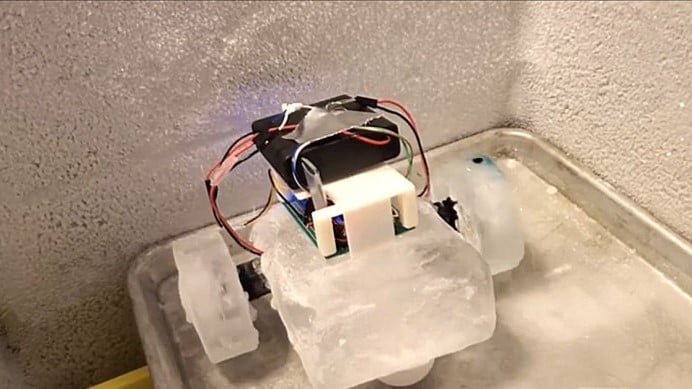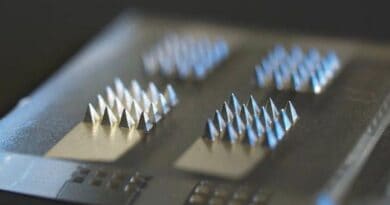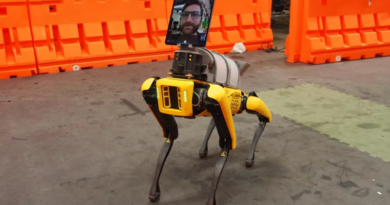‘Ice Robots’ Could Repair, Self-Build While Exploring Other Planets, Says Study
In the future, robots made of ice could self-build and -repair structural components fairly easily.
A team of scientists is developing robots made of ice capable of self-repairing and rebuilding themselves using local ice upon landing on planets, in one of the most bizarre and exciting ideas about exploring planets beyond our solar system yet, according to a study recently presented at the IEEE/RSJ International Conference on Intelligent Robots and Systems (IROS), IEEE Spectrum reports.
Recently demonstrated with a machine called IceBot, the novel robot concept could represent the future of uncrewed exploration on other planets.
NASA and JPL’s planetary exploration robots are doubtlessly brilliant, but every single one of them breaks down eventually. While most of these breakdowns are minor and easy to fix, there’s not exactly a repair shop nearby. Even if, say, Mars rovers could self-repair or replace wheels when they are worn down, there’s nowhere to look for replacements.While the new paper stresses the early stage of potentially sending robots made of ice to planets, it’s also important to note how we can’t build batteries or other electronics out of ice — nor is the solid anywhere as efficient a structural material as titanium, carbon fiber, and other materials.
However, ice is fairly ubiquitous, and possesses unique properties in terms of how it’s modified — warm tools can cut and sculpt it, in addition to gluing parts together.
The IROS paper considers various ways of developing robotic structural components — using ice in both subtractive and additive manufacturing tasks — to develop a novel concept where robots may possess “self-reconfiguration, self-replication, and self-repair,” Spectrum IEEE reports.
The idea is for such ice robots to operate in environments with bountiful ice, where the ambient temperature is chilly enough not to destabilize the solid’s structure, and also cold enough to compensate for the internal heat of the robot itself (so it won’t melt its own icy body).
Molding, CNC machining, and 3D printing have shown this to be as feasible as cutting up ice with a drill — but engineers would have to make sure no melted ice water and shavings end up refreezing in inconvenient places.
Alternatively, sometimes refreezing the ice is desired, like placing actuators and attaching disparate parts.
Source: https://interestingengineering.com




